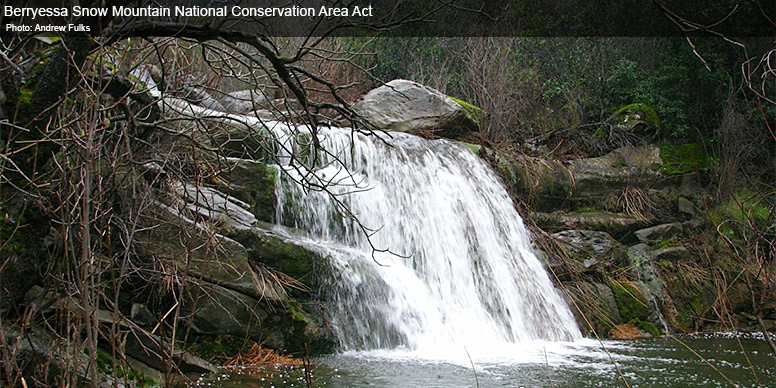Wilderness Bills Gain Momentum in House
The House Natural Resources Subcommittee on Public Lands and Environmental Regulation today heard testimony on legislation to designate new wilderness areas in four states. The four bills would permanently protect more than 83,000 acres of public land in Maine, Michigan, Nevada, and Washington.
“Each of these bills is the result of years of collaboration and compromise among local partners who represent diverse interests but who share a love of the land,” says Mike Matz, director of the U.S public lands project at The Pew Charitable Trusts. “The July 23 hearing is an encouraging sign that the committee is making good on earlier statements by chairman Doc Hastings and subcommittee chairman Rob Bishop that they intend to move wilderness bills during this Congress.”
Subcommittee members also heard testimony on the Berryessa Snow Mountain National Conservation Area Act, which would help ensure a sustainable future for 350,000 ecologically rich acres—including the Snow Mountain and Cache Creek wilderness areas—northwest of Sacramento, CA. Local supporters have been working to balance protection of the area's natural resources and enhancement of its many recreational opportunities.
The subcommittee is expected to move the five bills to the full House Committee on Natural Resources along with the first wilderness bill to receive a hearing in the 113th Congress. The Lyon County Economic Development and Conservation Act would designate 48,000 acres of public land in western Nevada as the Wovoka Wilderness.
The four pieces of legislation that are the subject of today's testimony are:
The Sleeping Bear Dunes National Lakeshore Conservation and Recreation Act, which would protect more than 32,500 acres of wilderness in the Sleeping Bear Dunes National Lakeshore. This area, on the mainland shore of Lake Michigan, is popular with hunters, anglers, hikers, and boaters. The Senate passed a companion bill June 19.
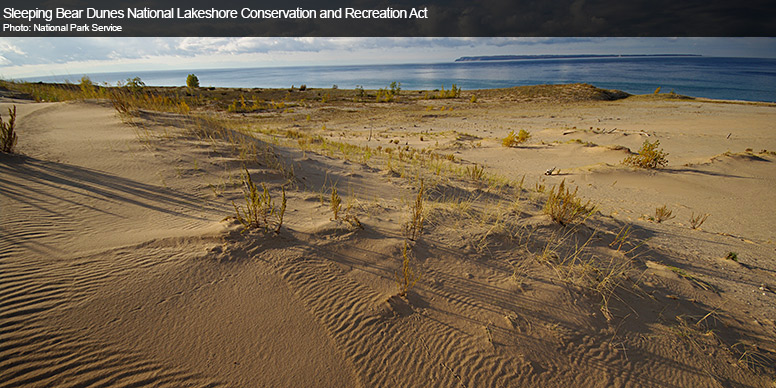
The Alpine Lakes Wilderness Additions and Pratt and Middle Fork Snoqualmie Rivers Protection Act, which would expand the existing 394,000-acre Alpine Lakes Wilderness by 22,100 acres and designate parts of the Middle Fork Snoqualmie and Pratt Rivers as Wild and Scenic. The areas that would be protected by this bill lie in the Pratt River Valley and the Middle and South Fork Snoqualmie River Valleys east of Seattle, an area that includes glacier-cut U-shaped valleys, snowcapped peaks, old-growth forests, whitewater rivers, and strong native trout runs. A companion bill passed the Senate on June 19.
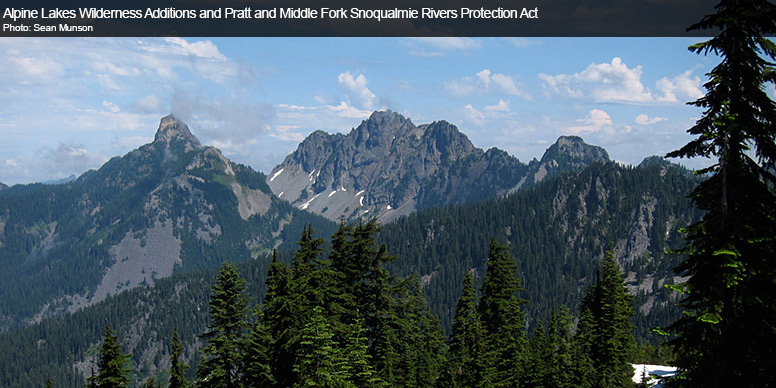
The Pine Forest Range Recreation Enhancement Act of 2013, which would designate the 26,000-acre Pine Forest Range Wilderness in Humboldt County in northwestern Nevada. The Pine Forest Range is a popular destination for sportsmen and recreationists and is prime habitat for mule deer, sage grouse, and mountain lion. A companion bill is awaiting a vote in the Senate.
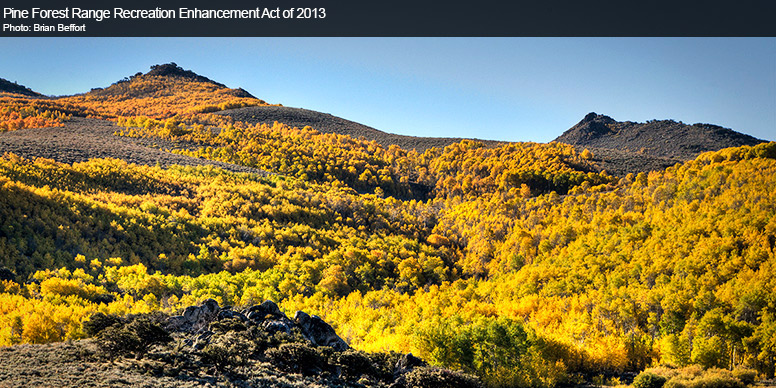
The Maine Coastal Islands Wilderness Act of 2013, which would safeguard 3,125 acres in two new wilderness areas in the Maine Coastal Islands National Wildlife Refuge Complex. The Cross Island Wilderness would include six islands in a geographic cluster in Washington County. The Maine Coastal Islands Wilderness would include seven islands distributed across Hancock, Lincoln, and Washington counties. Adding these lands to the National Wilderness Preservation System would protect pristine habitat for migratory seabirds and waterfowl and elevate the area's profile, boosting tourism and the economy.
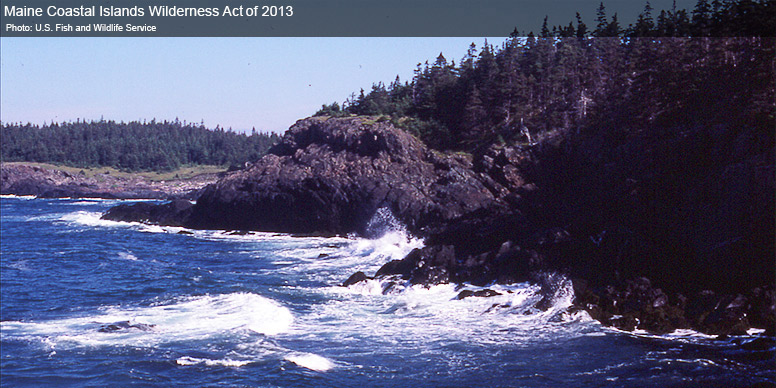
Subcommittee members also heard testimony on the Berryessa Snow Mountain National Conservation Area Act, which would help ensure a sustainable future for 350,000 ecologically rich acres.
